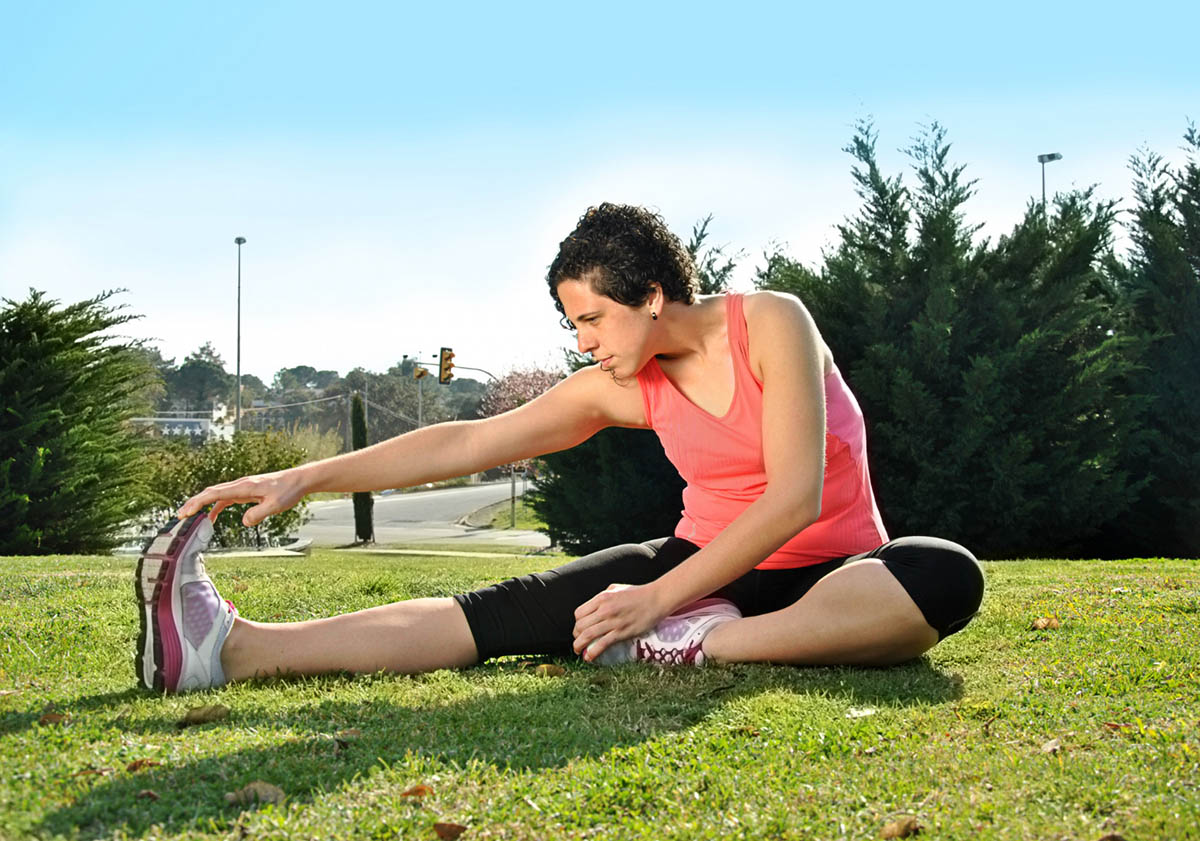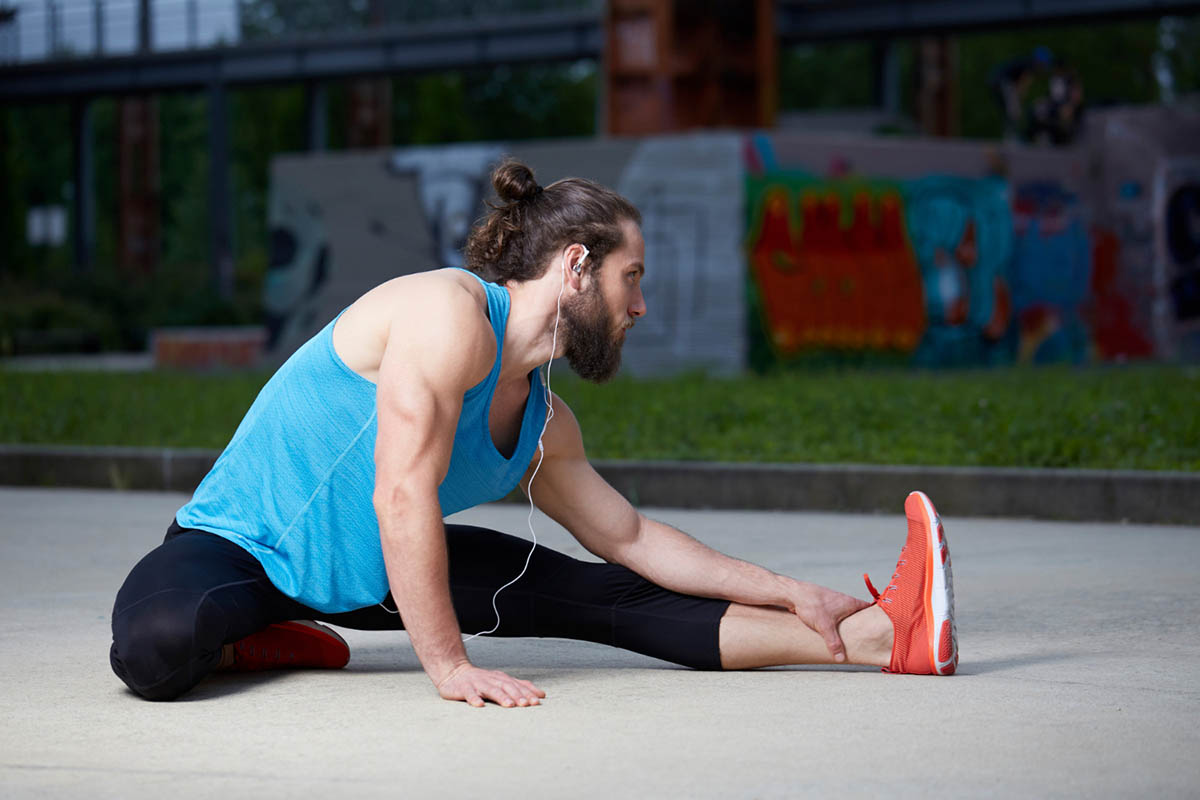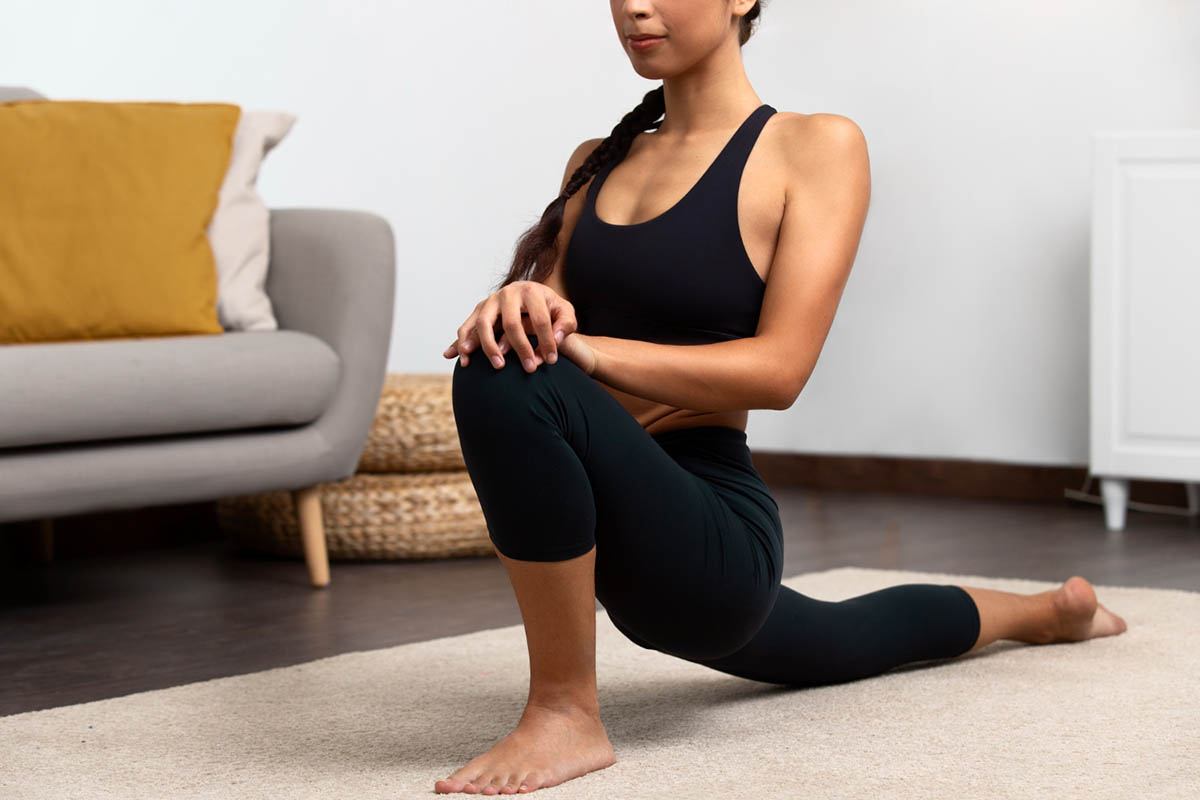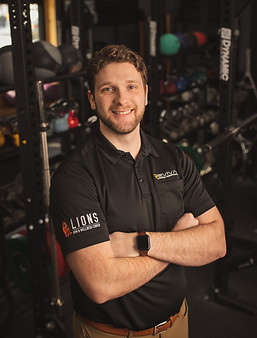Introduction
Patellar tendinitis is a common sports injury affecting 14.2% of elite athletes, particularly those involved in repetitive activities such as jumping and running. This condition arises due to overuse of the patellar tendon, leading to pain and inflammation just below the kneecap. Addressing patellar tendinitis promptly is important to prevent further tendon damage and ensure a swift return to regular activities.
One of the most effective ways to manage and recover from this condition is through targeted patellar tendinitis exercises. In this blog, we will explore various exercises designed to reduce pain and facilitate recovery.
7 Effective Patellar Tendinitis Exercises
Isometric Quad Contractions (Quad Sets)
Isometric quad contractions, or quad sets, are examples of exercises for those dealing with patellar tendinitis. These exercises involve tightening the quadriceps muscles without moving the knee joint. This helps to strengthen the muscles around the knee, providing better support to the patellar tendon.
How to do it:
- Sit on the floor with your legs extended.
- Tighten your quadriceps muscles by pushing the back of your knee down towards the floor.
- Hold the contraction for 5-10 seconds and then relax.
- Repeat 10-15 times for each leg.
Straight Leg Raises
Straight leg raises are another excellent patellar tendinitis exercise to strengthen the quadriceps without putting excessive strain on the knee joint.
How to do it:
- Lie on your back with one leg bent and the other straight.
- Tighten your quadriceps and lift the straight leg to the height of the bent knee.
- Hold for a few seconds, and then slowly lower the leg back down.
- Perform 10-15 repetitions for each leg.
Wall Sits
Wall sits help to build endurance in the quadriceps and glutes, providing additional stability to the knee joint.
How to do it:
- Stand with your back against a wall and your feet shoulder-width apart.
- Slide down the wall until your knees are at a 90-degree angle.
- Hold this position for 20-30 seconds, gradually increasing the time as your strength improves.
- Repeat 3-5 times.
Terminal Knee Extensions

Terminal knee extensions are beneficial for improving the strength and function of the quadriceps, particularly around the knee.
How to do it:
- Sit on a chair with a resistance band tied around your ankle and attached to a stable object.
- Straighten your knee against the resistance of the band.
- Hold for a few seconds, and then slowly return to the starting position.
- Perform 10-15 repetitions for each leg.
Hamstring Curls
Hamstring curls focus on strengthening the thigh muscles at the back, which help in balancing the forces on the knee.
How to do it:
- Lie on your stomach with your legs straight.
- Bend one knee, bringing your heel towards your buttocks.
- Hold for a few seconds, and then slowly lower your leg back down.
- Perform 10-15 repetitions for each leg.
Step-ups and Step-downs
Step-ups and step-downs are great functional exercises that simulate daily activities and help strengthen the entire leg muscles.
How to do it:
- Step onto a sturdy platform with one foot, then bring the other foot up to join it.
- Step back down one foot at a time.
- Repeat 10-15 times for each leg.
Mini-Squats
Mini-squats are a gentle way to strengthen the quadriceps, hamstrings, and glutes without overloading the patellar tendon.
How to do it:
- Stand with your feet shoulder-width apart.
- Bend your knees slightly, lowering your body just a few inches.
- Hold for a few seconds, and then slowly rise back up.
- Perform 10-15 repetitions.
Patellar Tendinitis Rehab with Physical Therapy
Role of Physical Therapy in Recovery
Physical therapy has been known as important in the rehabilitation of patellar tendinitis. A structured patellar tendinitis physical therapy program can help reduce pain, improve function, and prevent future injuries.
Therapists design personalized exercise regimens to address the specific needs of each patient, ensuring optimal recovery. Additionally, the use of a knee brace may be recommended to provide support and relieve stress on the affected area.
Start with Isometrics
Isometric exercises, like quad sets, are often the first step in patellar tendinitis rehab. These exercise therapy help to strengthen the quadriceps without putting unnecessary stress on the tendon, making them ideal for the initial phase of recovery.
Add in Knee Extension Exercises
As knee pain decreases and strength improves, knee extension exercises like straight leg raises and terminal knee extensions can be incorporated. These exercises target the quadriceps, enhancing knee stability and function.
Try Eccentric Exercises
Eccentric exercises, where the muscle lengthens under tension, are particularly effective for tendon rehabilitation. Examples include eccentric step-downs and controlled mini-squats. These exercises help to remodel the tendon, improving its strength and resilience.
Reintroduce Explosive Movements
Once foundational strength and stability are restored, explosive movements can be gradually reintroduced. Plyometric exercises and sport-specific drills help to prepare the tendon for the demands of athletic activities, reducing the risk of re-injury.
How Revival Physical Therapy and Wellness Can Help

Comprehensive Assessment
Revival Physical Therapy and Wellness offers a thorough assessment to understand the extent of your patellar tendinitis. This evaluation includes a detailed examination of your knee’s strength, flexibility, and overall function, a review of your medical history, and an assessment of your activity level.
Customized Exercise Programs
Based on the assessment, Revival Physical Therapy and Wellness develops customized exercise programs tailored to your knee injury. These programs focus on gradually increasing the intensity of exercises, ensuring a safe and effective patellar tendonitis treatment option.
Expert Physical Therapy Services
Our team of experienced physical therapists provides expert guidance and support throughout your rehab journey. From initial consultation to final recovery, we are dedicated to helping you overcome this common knee injury and regain optimal knee function.
Conclusion
Patellar tendinitis can be a debilitating condition, but with the right exercises and physical therapy, recovery is within reach. Incorporating the exercise program into your routine can significantly reduce patellar tendon pain and improve the strength and flexibility of your knee.
Additionally, seeking professional help can further enhance your recovery process. By taking proactive steps and adhering to a structured patellar tendonitis rehab program, you can overcome patellar tendinitis and return to your favorite activities stronger than ever.
FAQs
What is the best exercise for knee tendonitis?
The best exercise for knee tendonitis is often considered to be eccentric squats. These exercises focus on the lengthening phase of muscle contraction, which is particularly beneficial for tendon healing and strengthening.
What exercises should I avoid with patellar tendonitis?
Exercises that involve high-impact activities, deep squats, and heavy lifting should be avoided during the acute phase of patellar tendonitis. These physical activities can worsen patellar tendonitis pain and delay healing.
How to make patellar tendon stronger?
To strengthen the patellar tendon, incorporate a mix of isometric, eccentric, and functional exercises into your routine. Consistency and gradual progression in the intensity of exercises are key to building tendon resilience.


